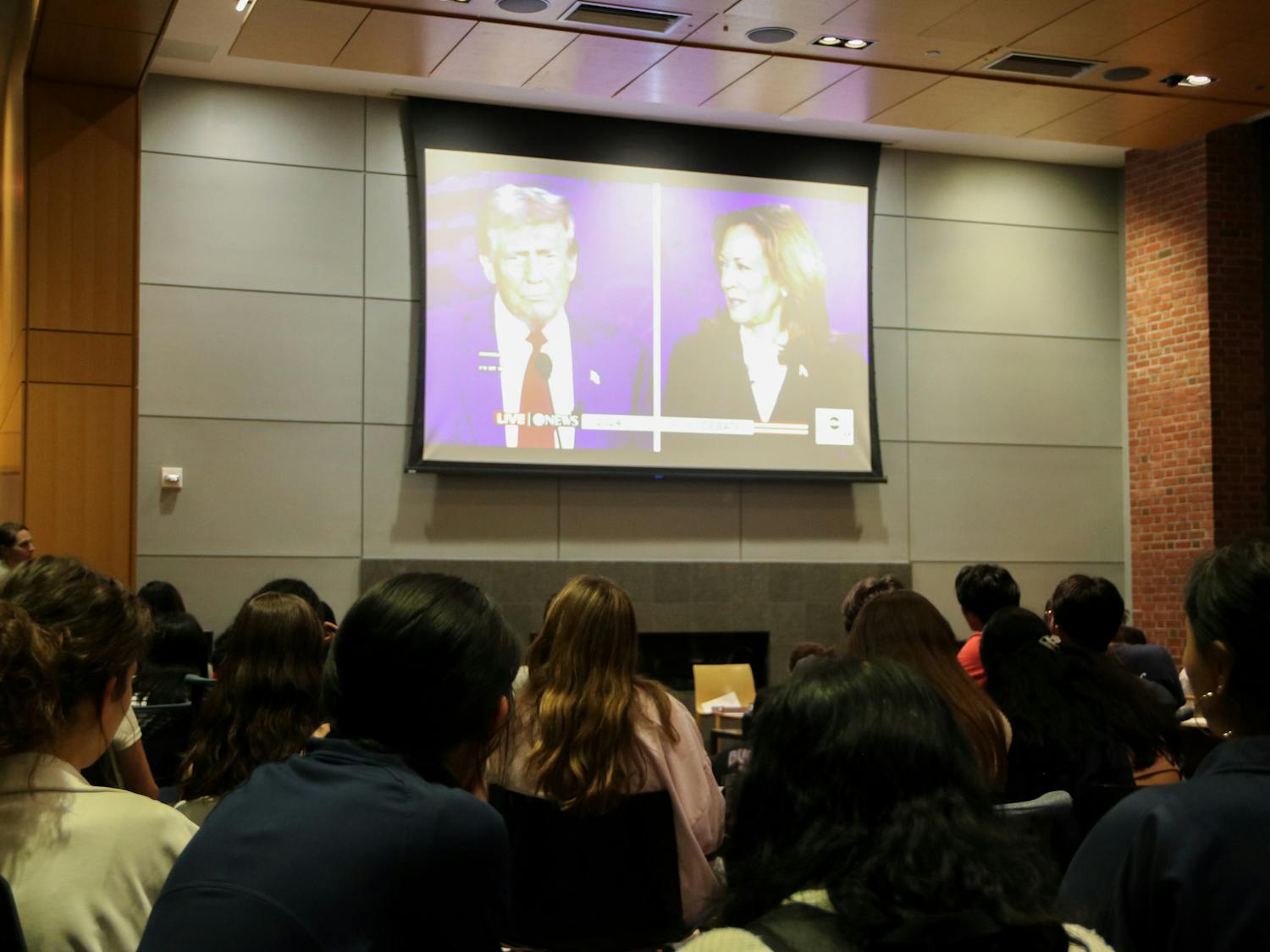W h en the first m easles vaccine was introduced in 1963, the total number of annual measles cases in the United States topp ed 450,000. By 1968, the number had dropped below 30,000, and by 2000, the disease had been eliminated from the United States entirely.
Vaccines are arguably the single most important and successful public health achievement in history. Unfortunately, the last few decades have seen a startling resurgence in anti-vaccine hysteria.
The anti-vax movement is fringe but not inconsequential. Recent outbreaks of measles, mumps, whooping cough and more vaccine-preventable diseases have appeared across the nation due in no small part to “philosophical objectors,” who reject inoculation based on spurious anti-scientific claims.
Before such secular objections took hold, however, most resistance to vaccinations came from religion.
The English theologian Edward Massey argued that diseases were divine retribution poured out upon sinners and attempting to prevent smallpox by inoculation was resisting God’s will.
While the divine punishment angle still pops up from time to time, “modern” religious objections tend to come from appeals to God’s saving grace. Faith healing churches, like the Texas megachurch that was responsible for a measles outbreak last summer, eschew most or all forms of modern medical treatment — including vaccines — and instead pray for divine healing.
More mainstream Christians have campaigned against the HPV vaccine Gardasil on the grounds that giving girls the shot would encourage sexual promiscuity — the same argument often put forward against other public health measures like condom distribution, comprehensive sexual education and readily available birth control.
However, the most upsetting example of religion interfering with public health is the continued existence of polio.
Just a decade ago, northern Nigeria had been provisionally declared polio-free. However, a group of extreme Islamic religious leaders issued a fatwa declaring the vaccine drops to be a conspiracy by Western powers to sterilize true believers of the Muslim faith. Within the year, polio was back. Pilgrims also carried both disease and conspiracy theory to Mecca, allowing both the virus and its symbiotic meme to spread to Yemen, Pakistan and other countries.
If not for this intervention, polio may have joined smallpox as a globally eradicated disease.
While religious opposition has had the longest and most historically harmful go at the anti-vaccine podium, the modern movement is predominately composed of liberally minded, middle-class lay critics of science-based medicine.
Secular opposition to vaccines has always existed in some form or another, but it was catapulted into popularity by the 1998 study published in the medical journal The Lancet by Andrew Wakefield, purporting to show a link between the MMR vaccine and autism.
Not only have countless follow-up studies directly contradicted this result, but The Lancet actually retracted the original article in 2010 when it was revealed to be fraudulent. Wakefield was also stripped of his medical license.
But the destruction of the kindling did little to fight the fire, which was now sustained by the twin fuels of scientific illiteracy and anti-establishment fears. “Big-pharma” and “conventional medicine” became bogeymen that use their overwhelming political power to suppress the “natural healing” wonders of Supplementary, Complementary and Alternative Medicine (SCAMs).
Vaccine myths abound. Many anti-vaxxers point out that vaccines are filled with toxins like formaldehyde, neglecting to mention that your body naturally produces over a thousand times a vaccine’s formaldehyde content every day.
Perhaps the most ironic claim made is that vaccines are unneeded. Rather, the success of vaccines allows such myths to flourish in the first place. Thanks to inoculation campaigns, most anti-vaxxers lack personal experience with the horrors of smallpox, pertusis, measles, mumps, rubella, diphtheria, tetanus and other diseases that used to routinely kill and maim our children and neighbors.
Also because of herd immunity — when a high enough percentage of the population is immune that the disease is unable to spread to vulnerable populations — most anti-vaxxers have thus far been spared such personal tragedy. But as recent outbreaks and studies have demonstrated, herd immunity in some parts of the United States is at its breaking point.
As the body count continues to rise, we can no longer afford to accommodate baseless objections — whether rooted in religion or pseudoscience.
Collin Boots is a master’s student studying robotics from Redwood Falls, Minn. Email him at cboots@seas.upenn.edu. or follow him ?@ LotofTinyRobots.








